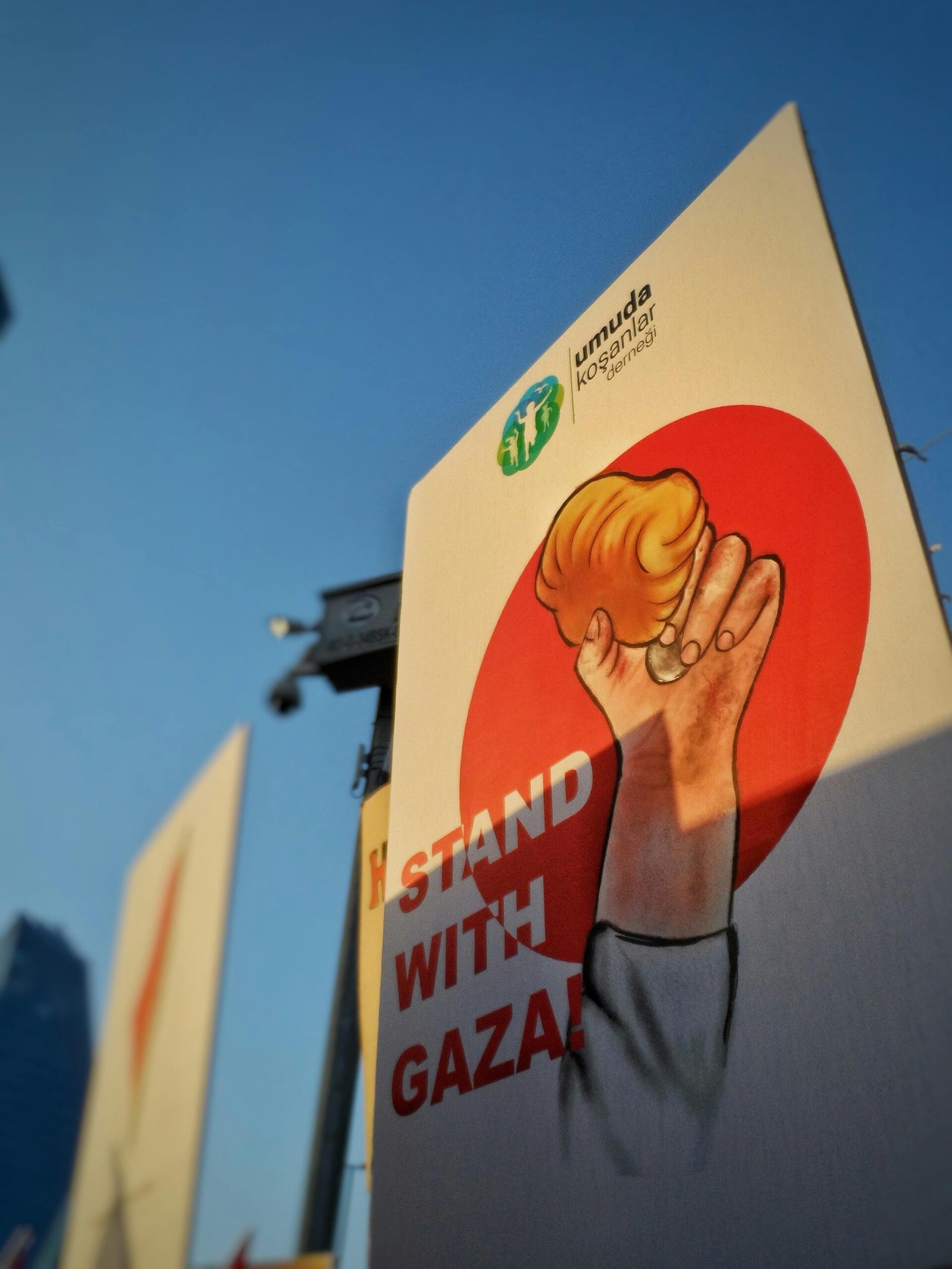- EU officials have welcomed a ceasefire agreement in Gaza, calling it a major breakthrough towards ending the violence.
- The agreement, announced by Qatar, involves a ceasefire-for-hostages deal between Israel and Hamas.
- The deal has been met with mixed reactions, with some hailing it as a step towards peace, while others express caution.
- Despite challenges and skepticism, the ceasefire agreement represents a significant step towards peace in a region long marred by conflict.
In a significant development that has brought hope to a region long embroiled in conflict, high-ranking European Union (EU) officials have welcomed a ceasefire agreement in Gaza. The agreement, which has been hailed as a major breakthrough towards ending the violence, calls on both parties to fully implement the deal. European Commission President Ursula von der Leyen expressed her optimism about the agreement on her social media account, stating, This brings hope to the entire region, where people have endured immense suffering for far too long. She further emphasized the need for both parties to fully implement the agreement as a stepping stone toward lasting stability in the region and a diplomatic resolution of the conflict.
The ceasefire agreement was announced by Qatar on Wednesday evening, stating that Israel and Hamas have agreed to a ceasefire-for-hostages deal in Gaza. According to the agreement, Hamas will release 33 hostages in the first phase, spanning six weeks, in exchange for the release of Palestinian prisoners. The implementation of the agreement will begin on Sunday, Jan. 19. The details of the second and third phases will be announced after the completion of the first phase of the agreement.
The agreement could potentially halt the war in Gaza and see the release of Israeli hostages and Palestinian prisoners. This would be the most dramatic breakthrough in 15 months of war, which began when the armed Palestinian group Hamas attacked Israel in October 2023.
Mixed Reactions and International Response
Israel’s Prime Minister Benjamin Netanyahu acknowledged that there were still several unresolved clauses, which he hoped would be finalized on Wednesday evening. The agreement has been met with mixed reactions. While some have hailed it as a significant step towards peace, others have expressed caution, fearing potential setbacks. The daughter of 84-year-old hostage Oded Lifschitz expressed her hope that her father was still alive, stating, Miracles do happen. However, her brother-in-law Stephen Brisley expressed caution, stating, This is the best news we have had up until now but you just never know with the parties involved and the weeks we will still have to wait is a bloody long time.
The agreement has also been welcomed by the international community. US President Joe Biden confirmed the crucial development on Wednesday at a briefing, saying “it is a very good afternoon now”. He said: “Soon, the hostages will return home to their families.” The US, along with Qatar and Egypt, will monitor the implementation of the ceasefire via a body based in Cairo.
However, the agreement has also been met with criticism. Finance Minister Bezalel Smotrich, a far-right member of Netanyahu’s cabinet, described it as a bad and dangerous deal for the security of the State of Israel.
Challenges and Future Prospects
The ceasefire agreement closely resembles numerous others that have been proposed over the past year, including the 7+2 day truce agreed in November 2023. However, this agreement is envisaged to last longer, having three distinct phases, each lasting 42 days (6 weeks). The fuel is necessary for the operation of Gaza’s power plant and sanitation systems, and for heavy machinery to clear and remove rubble.
The agreement has also been met with skepticism. Some have pointed out that because of the power differential, it has been relatively unsuccessful in pressuring Israel to agree to its demands. These were effectively ceasefire agreements forced on rebel-held communities by the Assad regime and Russia after they had besieged, bombarded and starved them, sometimes for many years. The asymmetrical power relations of the parties to these agreements left communities with little to no bargaining power regarding their terms and implementation.
Despite the challenges, the ceasefire agreement represents a significant step towards peace in a region that has long been marred by conflict. It remains to be seen how the agreement will be implemented and whether it will lead to lasting peace in the region. The world watches with bated breath as the first phase of the agreement is set to begin, marking a potential turning point in a conflict that has caused immense suffering and loss.

